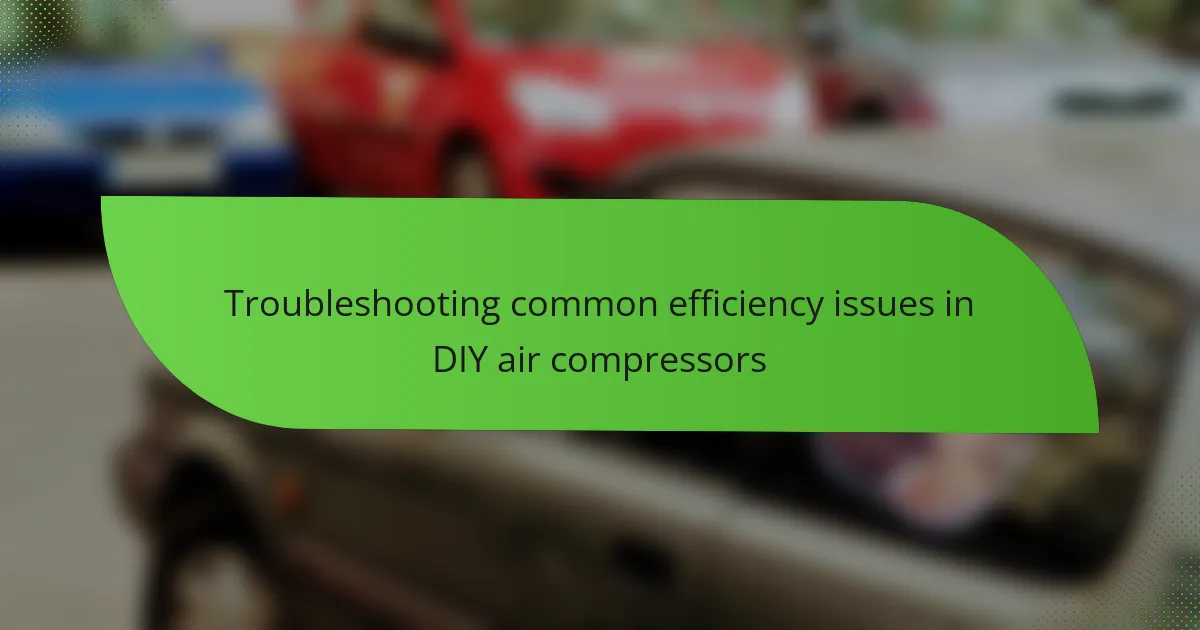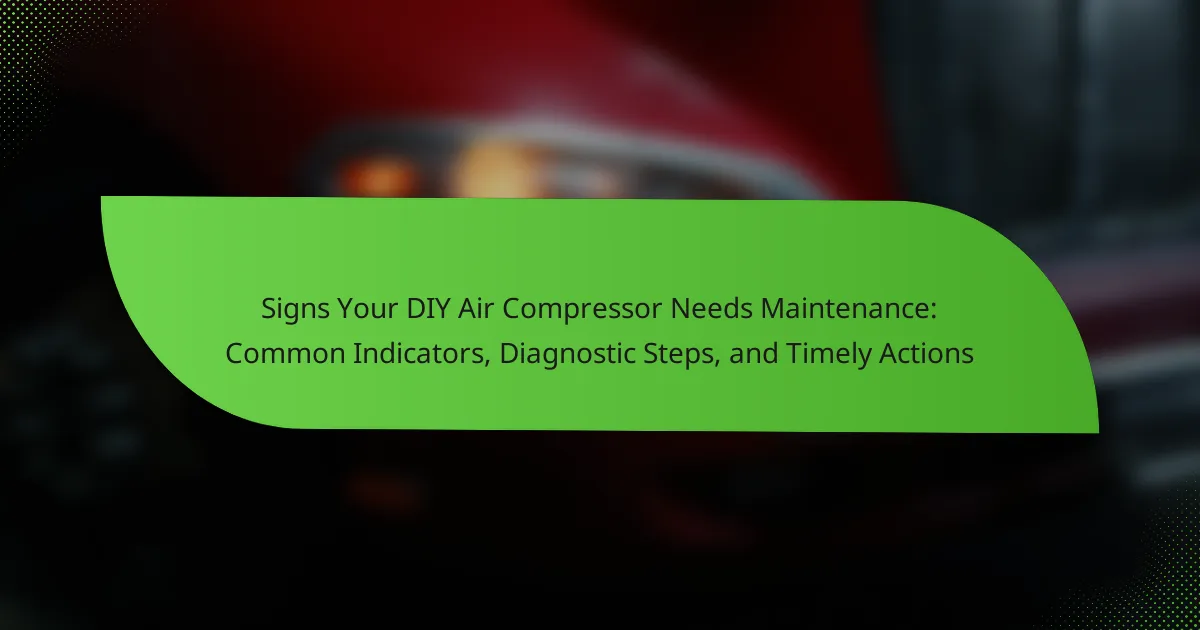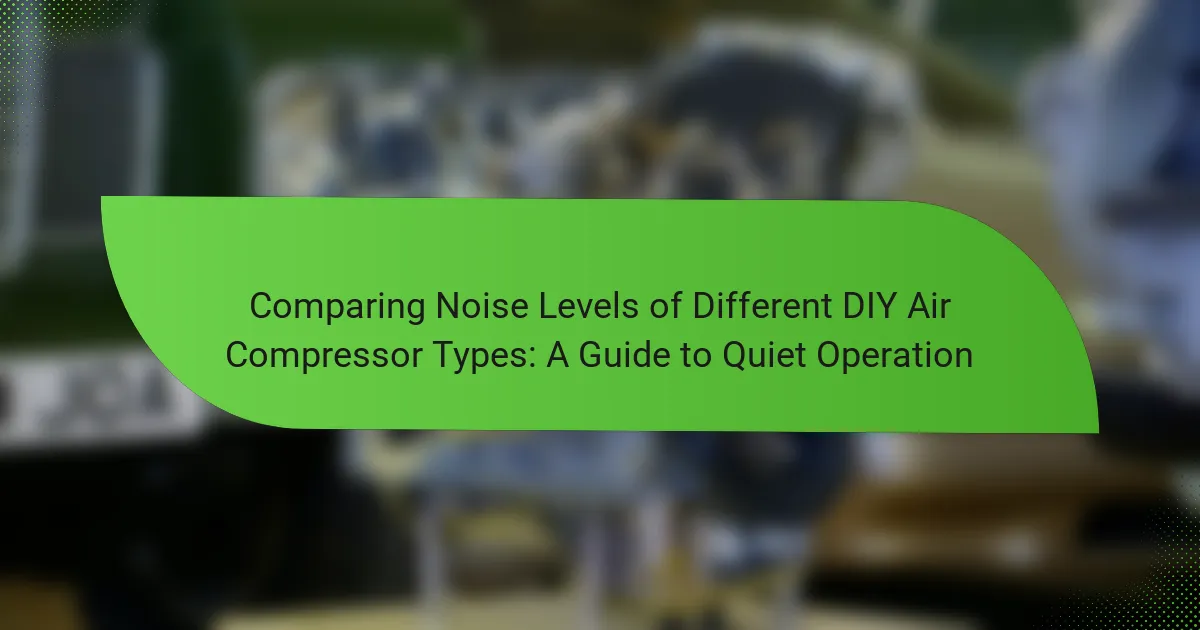
Quiet DIY Air Compressors: Features and Benefits of Low-Noise Models
Quiet DIY air compressors are specially designed to operate at low noise levels, making them suitable for home use and various DIY projects. These compressors typically utilize oil-free pumps or sound-dampening technologies, with many models generating noise levels below 60 decibels. Key factors to consider when selecting a quiet air compressor include noise level, tank…








